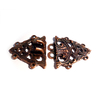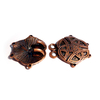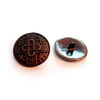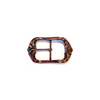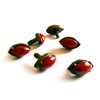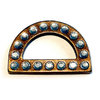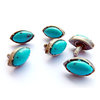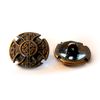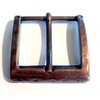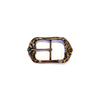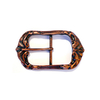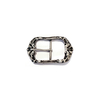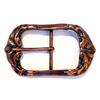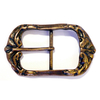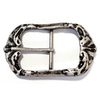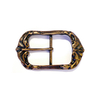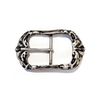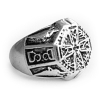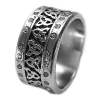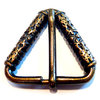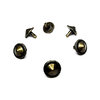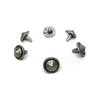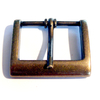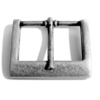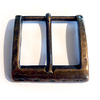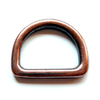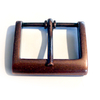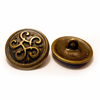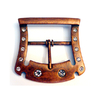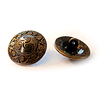CATEGORIES HISTORY BUCKLES ANTIQUE COPPER NORDISCHE FLECHTUNG-BUCKLE AB
CATEGORIES HISTORY BUCKLES ANTIQUE COPPER OVAL STAR RIVET BUCKLE AB
CATEGORIES HISTORY BUCKLES ANTIQUE COPPER RENAISSANCE BUCKLE AB
CATEGORIES HISTORY BUCKLES ANTIQUE COPPER SILURISCHE SCHNALLE-20 AB
CATEGORIES HISTORY BUCKLES ANTIQUE COPPER SILURISCHE SCHNALLE-30 AB
CATEGORIES HISTORY BUCKLES ANTIQUE COPPER SILURISCHE SCHNALLE-40 AB
CATEGORIES HISTORY BUCKLES ANTIQUE COPPER TEUTONEN-BUCKLE AB
CATEGORIES HISTORY BUCKLES ANTIQUE COPPER TRIANGLE BUCKLE AB
CATEGORIES HISTORY BUCKLES ANTIQUE COPPER TÄSCHNERSCHNALLE-30 AB
CATEGORIES HISTORY BUCKLES ANTIQUE COPPER VAGABUNDENSCHNALLE-20 AB
CATEGORIES HISTORY BUCKLES ANTIQUE COPPER VAGOTE BUCKLE-30 AB
CATEGORIES HISTORY BUCKLES ANTIQUE COPPER VAGOTE BUCKLE-40 AB
NORDISCHE FLECHTUNG-BUCKLE AB
In stock
can be shipped within 1 days
Customers who bought this product also bought
|
|
|
|
|
|
|
|
Browse this category: ANTIQUE COPPER
OVAL STAR RIVET BUCKLE AB
In stock
can be shipped within 1 days
Customers who bought this product also bought
|
|
|
|
|
|
|
|
Browse this category: ANTIQUE COPPER
RENAISSANCE BUCKLE AB
In stock
can be shipped within 1 days
Customers who bought this product also bought
|
|
|
|
|
|
|
|
Browse this category: ANTIQUE COPPER
SILURISCHE SCHNALLE-20 AB
In stock
can be shipped within 1 days
Customers who bought this product also bought
|
|
|
|
|
|
|
|
Browse this category: ANTIQUE COPPER
SILURISCHE SCHNALLE-30 AB
In stock
can be shipped within 1 days
Customers who bought this product also bought
|
|
|
|
|
|
|
|
Browse this category: ANTIQUE COPPER
SILURISCHE SCHNALLE-40 AB
In stock
can be shipped within 1 days
Customers who bought this product also bought
|
|
|
|
|
|
|
|
Browse this category: ANTIQUE COPPER
TEUTONEN-BUCKLE AB
In stock
can be shipped within 1 days
Customers who bought this product also bought
|
|
|
|
|
|
|
|
Browse this category: ANTIQUE COPPER
TRIANGLE BUCKLE AB
In stock
can be shipped within 1 days
Customers who bought this product also bought
|
|
|
|
|
|
|
|
Browse this category: ANTIQUE COPPER
TÄSCHNERSCHNALLE-30 AB
In stock
can be shipped within 1 days
Customers who bought this product also bought
|
|
|
|
|
|
|
|
Browse this category: ANTIQUE COPPER
VAGABUNDENSCHNALLE-20 AB
In stock
can be shipped within 1 days
Customers who bought this product also bought
|
|
|
|
|
|
|
|
Browse this category: ANTIQUE COPPER
VAGOTE BUCKLE-30 AB
In stock
can be shipped within 1 days
Customers who bought this product also bought
|
|
|
|
|
|
|
|
Browse this category: ANTIQUE COPPER
VAGOTE BUCKLE-40 AB
In stock
can be shipped within 1 days
Customers who bought this product also bought
|
|
|
|
|
|
|
|
Browse this category: ANTIQUE COPPER






